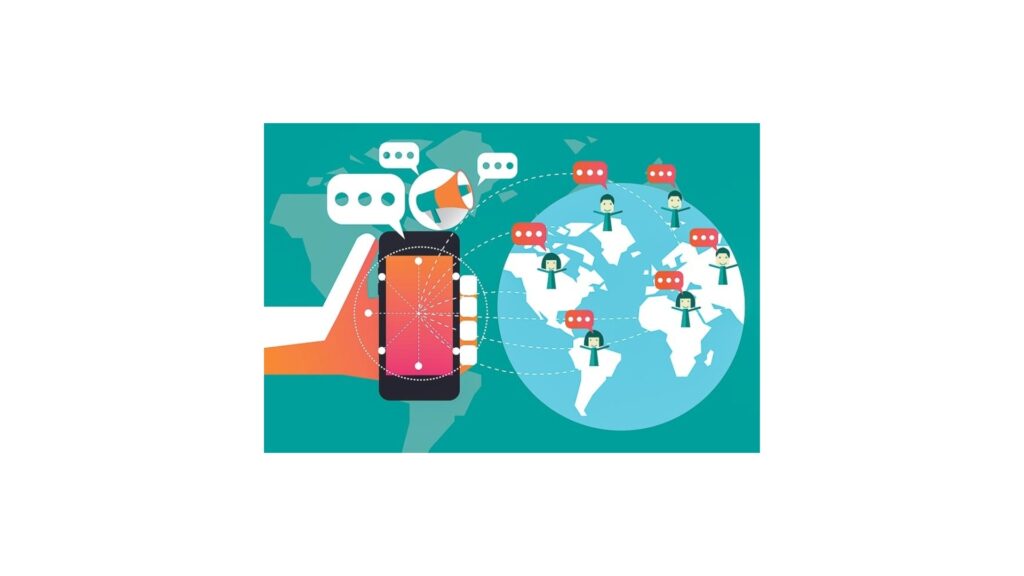tech
Creative Art Robots with Emotions
Creative Art Robots with Emotions
The intersection of technology and art has always been a fertile ground for innovation, but the advent of robots with the capability to create art and express emotions represents a new frontier. These creative art robots, equipped with advanced artificial intelligence (AI) and emotional recognition systems, are revolutionizing the way we think about art, creativity, and the role of machines in human culture. In this content, we’ll explore how these robots work, their impact on the art world, and what the future holds for this exciting field.
LINK DOMAIN javanet247
1. Robots Understanding Creative Art Robots
Creative art robots are sophisticated machines designed to generate artistic works, ranging from paintings and sculptures to music and digital media. Unlike traditional robots that perform repetitive tasks, these robots are programmed to exhibit creativity and emotion, allowing them to produce art that resonates with human audiences.
Key Features of Creative Art Robots:
Artificial Intelligence (AI): At the core of creative art robots is AI, which enables them to analyze artistic styles, learn from existing works, and generate new pieces. AI algorithms can mimic various artistic techniques and adapt to different creative processes.
Emotion Recognition: Advanced emotion recognition systems allow these robots to understand and interpret human emotions. This capability enables them to create art that reflects or evokes specific emotional responses, adding a layer of depth to their creations.
Autonomous Creativity: Creative art robots operate with a degree of autonomy, making decisions about composition, color, and technique without direct human input. This independence allows them to explore new artistic directions and produce original works.

2. Robots Sensory Input:
These robots are equipped with sensors that enable them to interact with their environment and respond to stimuli. This interaction can influence their creative process, allowing them to incorporate real-world elements into their art.
How Creative Art Robots Work
The operation of creative art robots involves several intricate processes that combine AI, emotional intelligence, and artistic techniques:
Data Collection and Learning: Creative art robots begin by analyzing vast amounts of data related to art, including styles, techniques, and emotional expressions. This data is used to train AI algorithms, enabling the robots to understand different artistic principles and genres.
Emotion Processing: To create art that conveys or elicits emotions, these robots use emotion recognition systems to interpret human feelings. This information is then integrated into the creative process, allowing the robots to produce works that resonate on an emotional level.
Artistic Creation: Using their AI-driven capabilities, creative art robots generate art by applying various techniques and styles. They can create paintings, drawings, sculptures, and other forms of art, experimenting with different materials and methods.
Feedback and Adaptation: Some creative art robots are designed to learn from feedback and adapt their techniques over time. This iterative process allows them to refine their artistic skills and produce increasingly sophisticated works.

3. Robots Impact on the Art World
The emergence of creative art robots with emotions is having a profound impact on the art world, challenging traditional notions of creativity and authorship:
Redefining Creativity: The ability of robots to create art raises questions about the nature of creativity. While traditional art is often seen as a uniquely human endeavor, these robots demonstrate that creativity can be manifested through technology, broadening our understanding of artistic expression.
New Artistic Possibilities: Creative art robots open up new possibilities for artistic exploration. Their ability to experiment with different techniques and styles can lead to innovative and unexpected artistic outcomes, pushing the boundaries of conventional art forms.
Collaboration with Human Artists: Rather than replacing human artists, creative art robots often collaborate with them, blending human intuition with machine precision. This collaboration can result in unique and hybrid artworks that combine the best of both worlds.
Accessibility and Inclusivity: By democratizing the artistic process, creative art robots make art creation more accessible to a wider audience. Individuals who may not have traditional artistic skills can still engage in the creative process through robotic assistance.
Examples of Creative Art Robots
Several notable examples illustrate the capabilities and achievements of creative art robots:

4. Robots AI Painter “AICAN”:
AICAN is an AI-powered art robot that generates original paintings inspired by various art movements and styles. Its work has been exhibited in galleries and auctioned at high-profile events, demonstrating the potential of AI in the art world.
“The Painting Fool”: This robot, developed by researcher and artist Simon Colton, uses AI to create paintings that reflect different emotional states. The Painting Fool’s work explores themes of emotion and creativity, bridging the gap between human and machine artistry.
“Robot Art Gallery”: The Robot Art Gallery is an exhibition space dedicated to showcasing artworks created by robots. This gallery highlights the diverse artistic approaches of various robots and offers visitors a glimpse into the future of art creation.
5. Robots The Future of Creative Art Robots
As technology continues to advance, the future of creative art robots holds exciting possibilities:
Enhanced Emotional Intelligence: Future art robots will likely have even more sophisticated emotional recognition capabilities, allowing them to create art that more deeply connects with human experiences and sentiments.
Integration with Virtual and Augmented Reality: The integration of creative art robots with VR and AR technologies could lead to immersive artistic experiences, where viewers can interact with and explore art in new and dynamic ways.
Collaborative Art Creation: The collaboration between robots and human artists will continue to evolve, leading to new forms of hybrid art that blend human creativity with machine innovation.
Ethical and Philosophical Considerations: As robots become more involved in the art world, ethical and philosophical questions about authorship, creativity, and the role of machines in cultural production will become increasingly important.
Conclusion
Creative art robots with emotions represent a groundbreaking development in the intersection of technology and art. By combining AI, emotional intelligence, and autonomous creativity, these robots are redefining artistic expression and expanding the possibilities of what art can be. As we look to the future, the continued evolution of creative art robots promises to offer even more innovative and thought-provoking artistic experiences. Embracing these advancements will not only enrich the art world but also challenge our understanding of creativity and the role of technology in shaping human culture.

